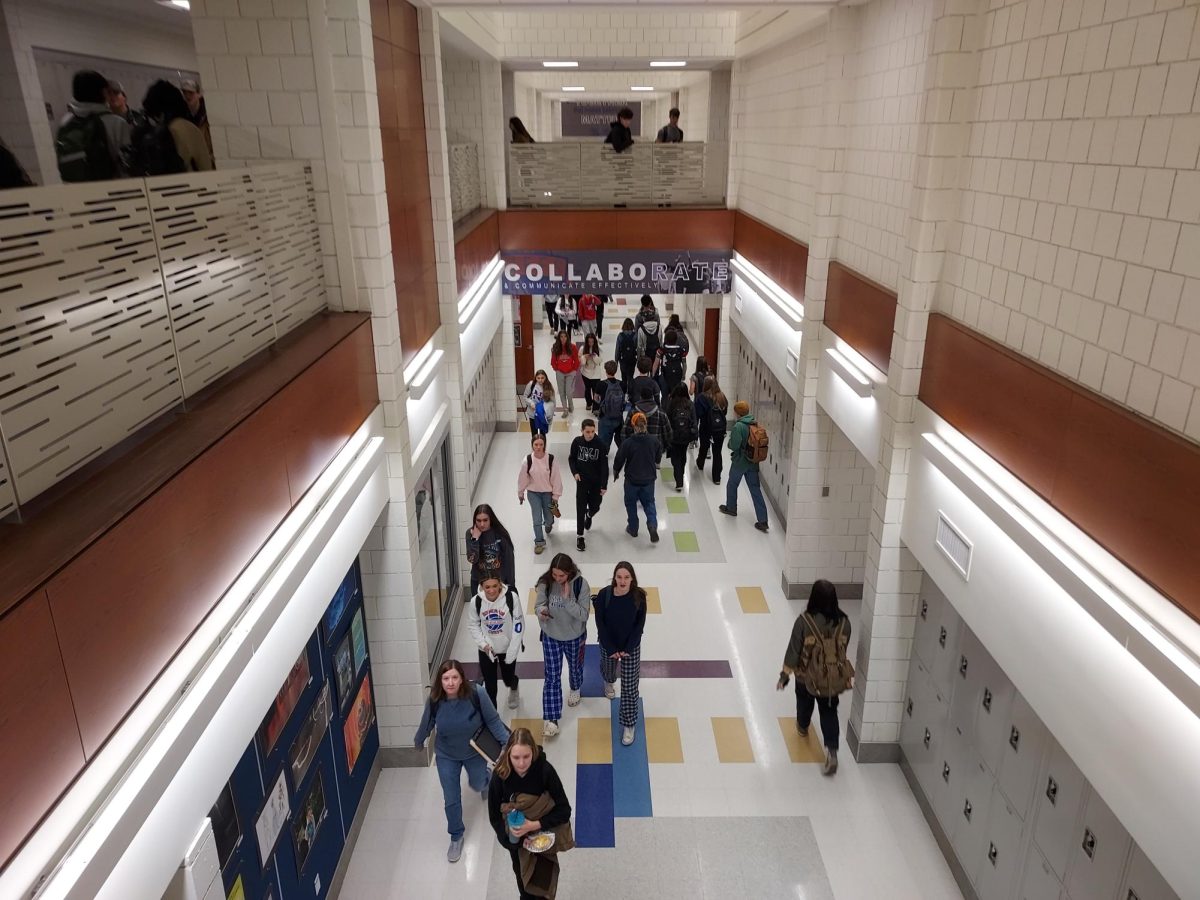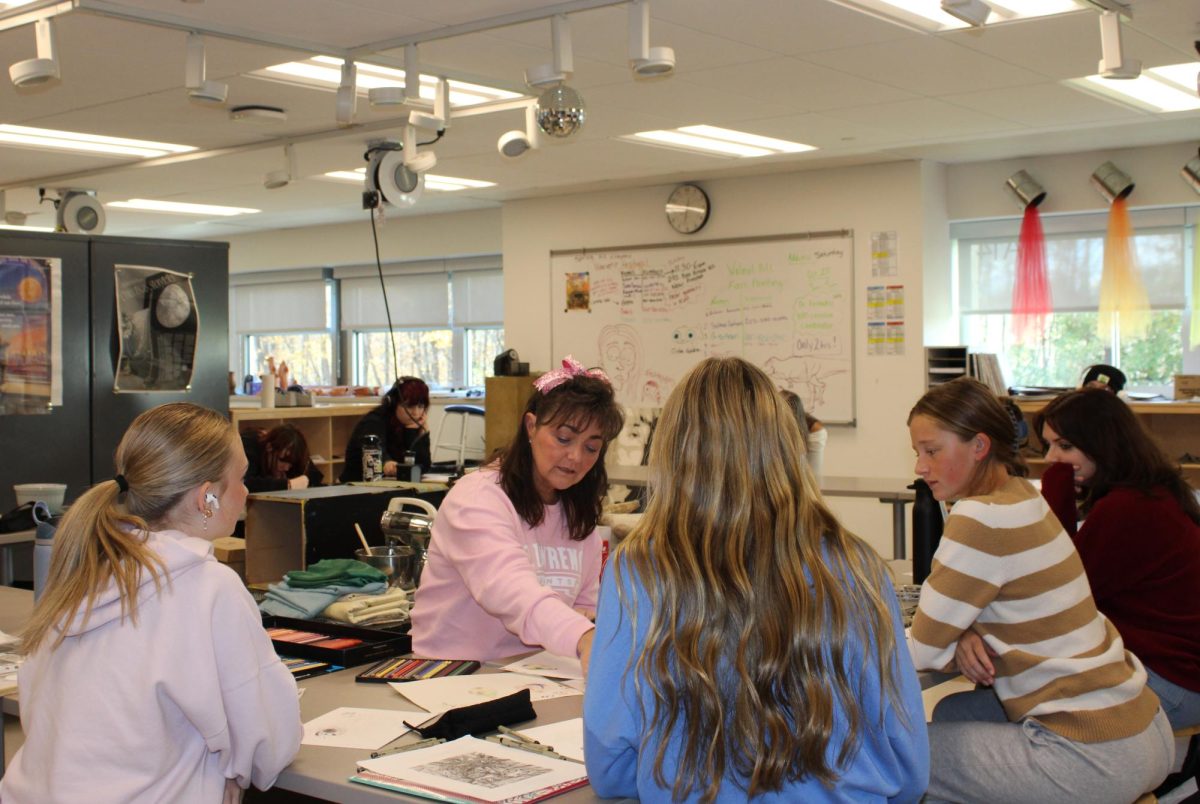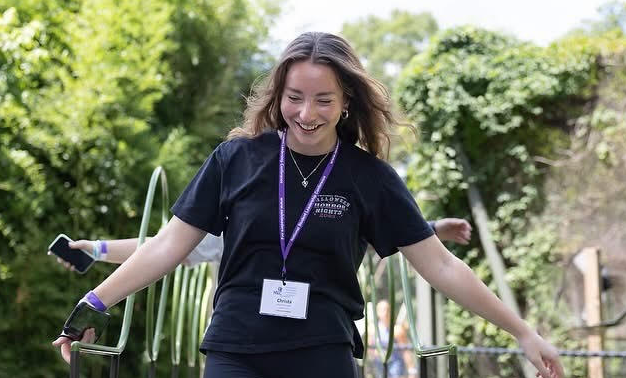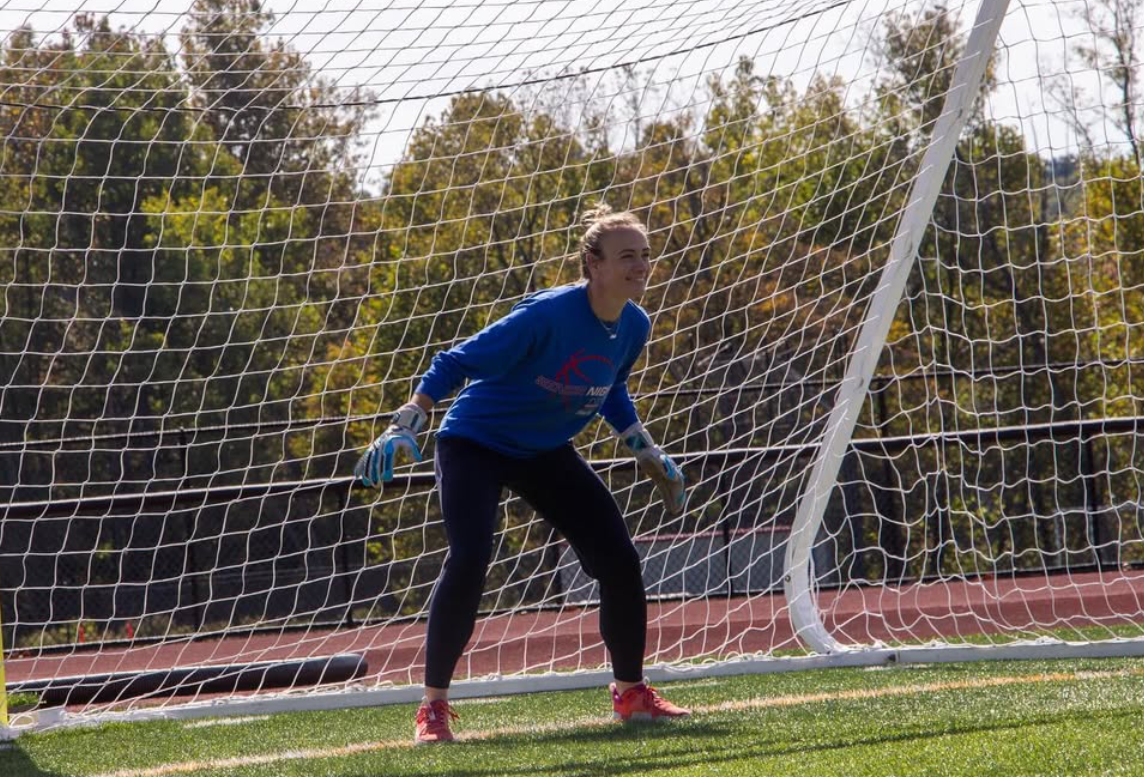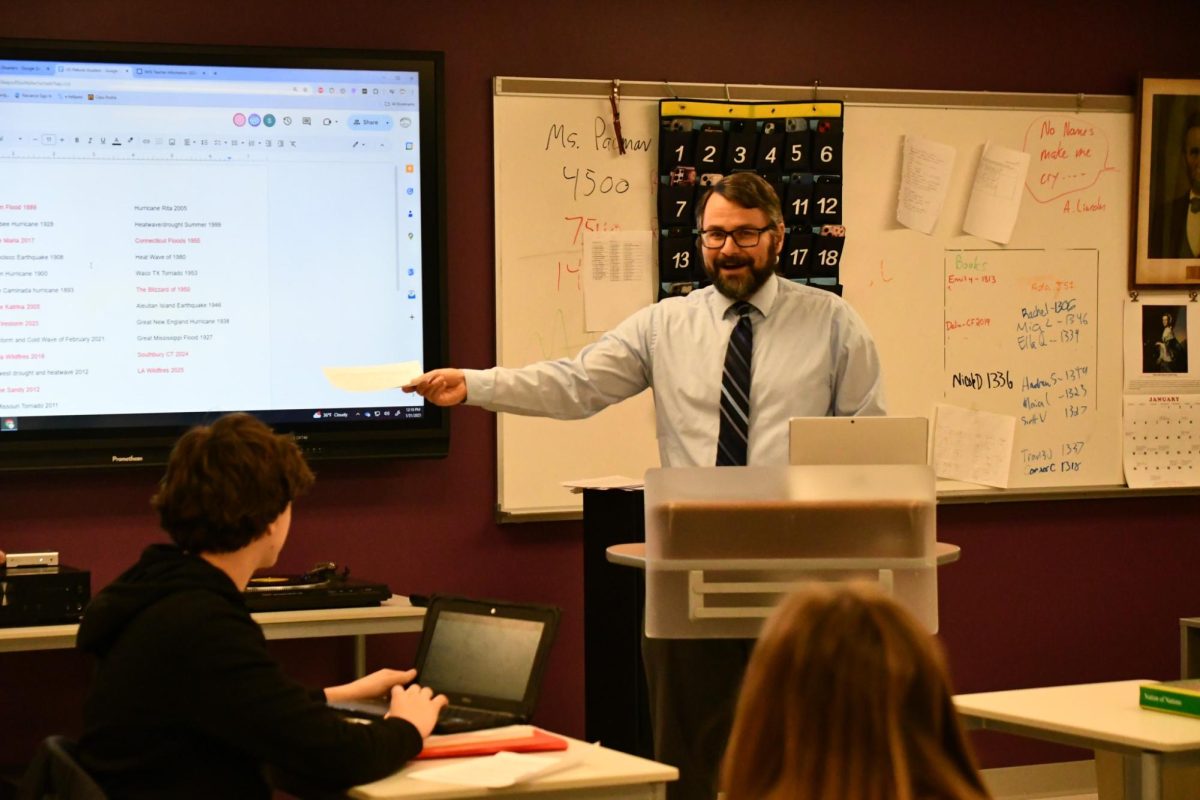WOODBURY — The bell rings. Students flood the halls. You have just four minutes to travel 1,000 feet — the dash begins.
This is a problem students at Nonnewaug High School know all too well.
The beginning of class is often the most valuable part of the class. This is when students begin to learn what the day’s objectives and materials will be, and go over previous class work, all while understanding what is expected for the day.
Most teachers, like the math department’s Marty Malaspina, believe that four minutes of passing time is sufficient for students to move about the building and arrive to class on time.
“As long as you hustle, a walk from agriscience [on the north side of the school] to the math wing [located on the south side of the school] is possible in four minutes,” Malaspina said.
To that point, he said he doesn’t have too many tardy issues.
“I usually don’t notice kids being late to my class,” Malaspina said.
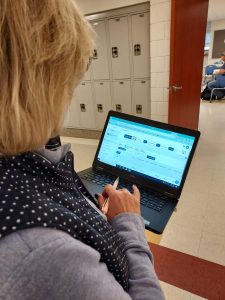
An alternative to four minutes of passing time between periods would be giving students added time to travel across campus in time for class.
This could lead to students being less stressed out getting to class, which could in turn lead to a more relaxed hallway due to students not rushing to class.
“It’s hard for me to go from the math wing all the way down to agriscience within four minutes, especially when traffic in the stairwells comes to a dead stop,” senior Mac Starziski said.
Another benefit to longer passing periods is that it could allow students to be able to use the restroom during passing time. This could lead to students spending more time in class since they used the restroom during passing time instead of in the middle of a class period.
“I hate when I have to use the restroom during class and I end up missing important instructions in class or when work gets handed out and I don’t end up getting it because I was in the restroom,” said senior Andrea Tari.
Although longer passing periods would relieve stress for some students, it might also lead to unforeseen issues.
One possible problem with longer passing periods is that it would cut back on overall class time. In Nonnewaug’s schedule, if students were given 10-minute passing times it would take class time from 48 minutes to 45 minutes.
This might seem like not much time, but students and teachers both already rush to get students settled down and begin their work. There also is another problem with cutting class time from its current structure.
“The state controls the amount of academic time to non-academic time,” said Nicole Lewis, Nonnewaug’s assistant principal. “If there is longer passing time, which cuts into academic time, then it could affect the school’s funding as well as the school’s credibility.”
Ultimately, designing a schedule that accommodates students while also addressing academic time is a difficult task.
“It’s about finding the sweet spot,” said Lewis. “[It’s difficult to design a schedule with passing time] where kids aren’t loitering around, but kids are also not consistently late to class.”



